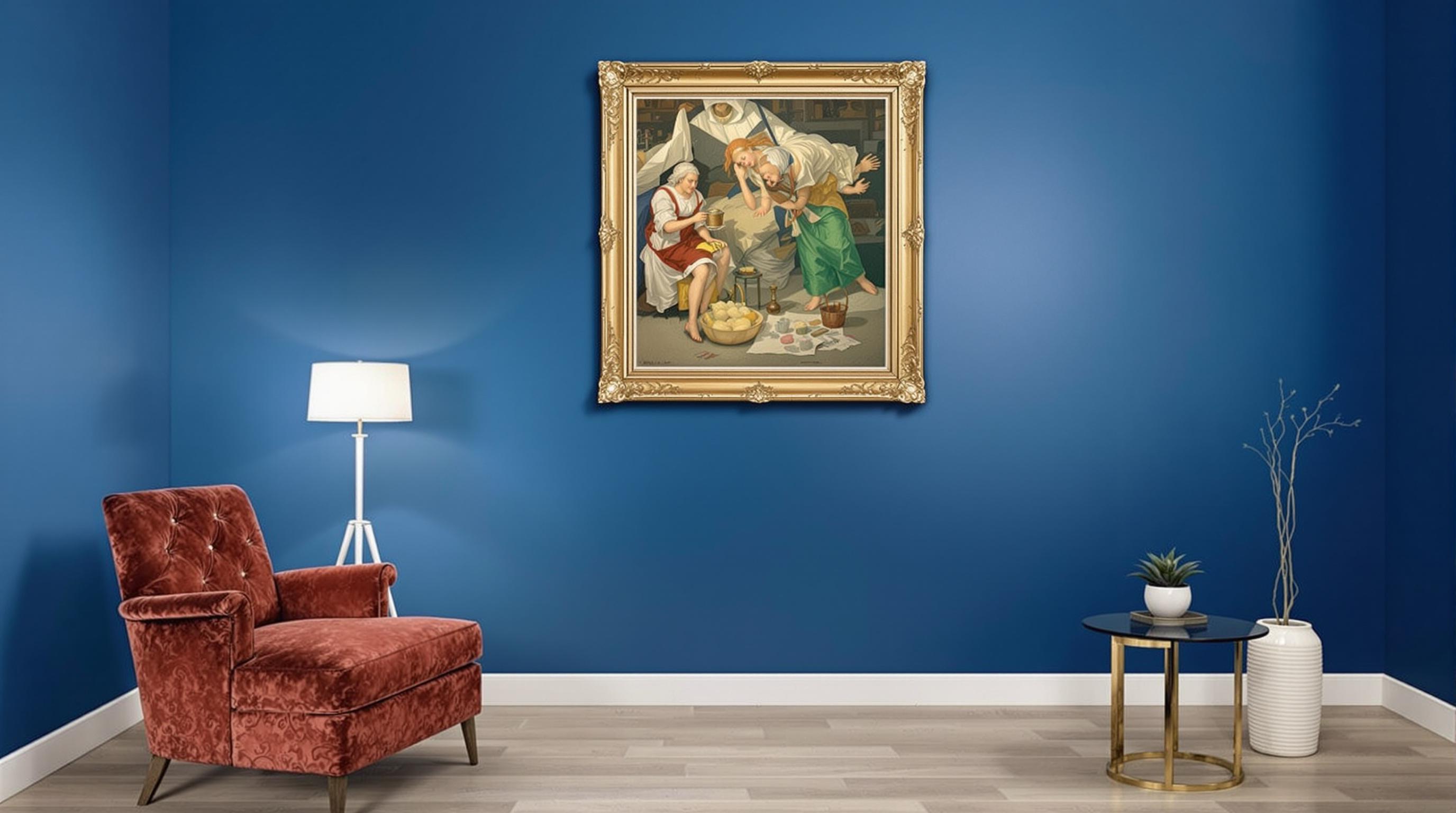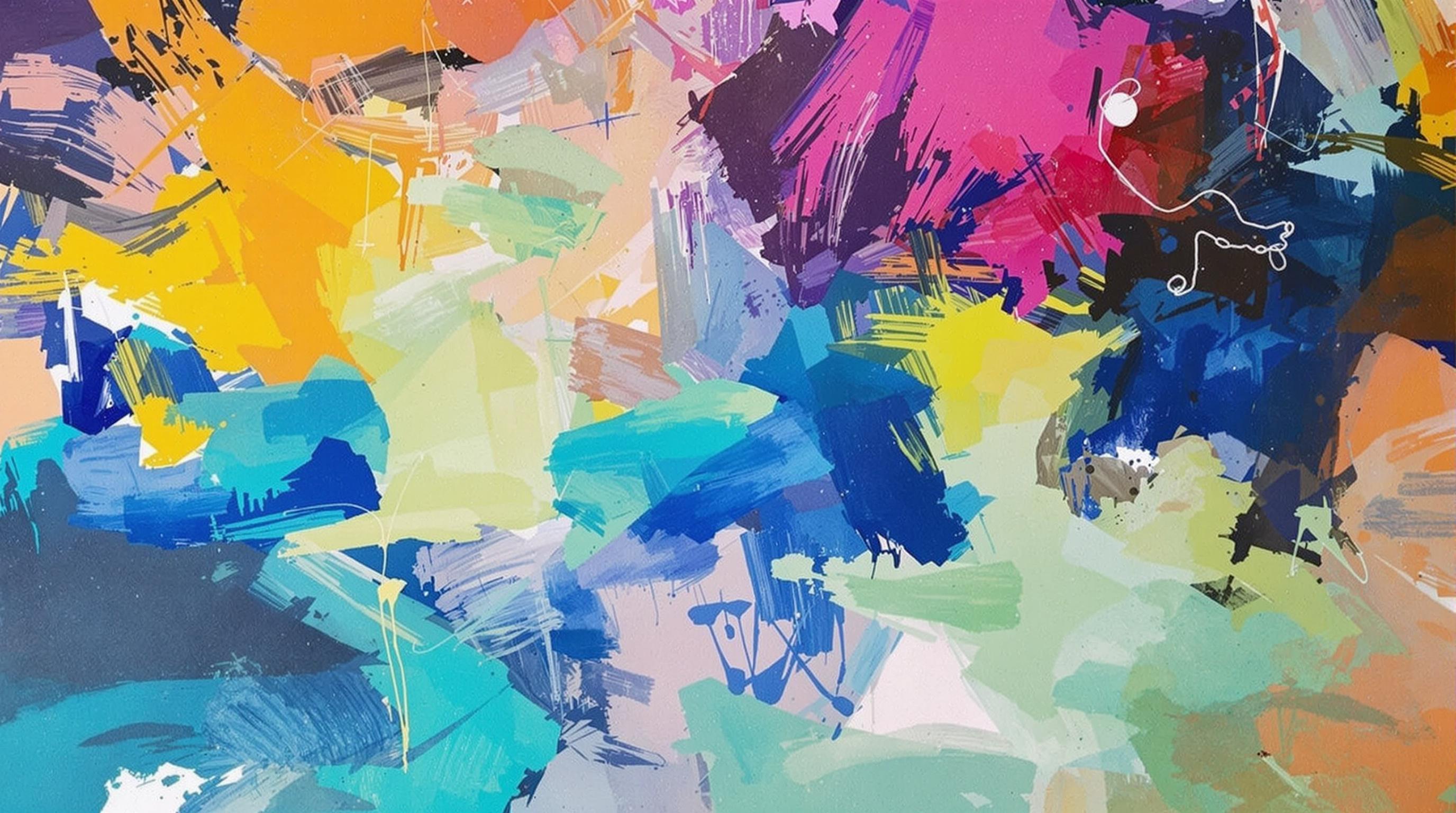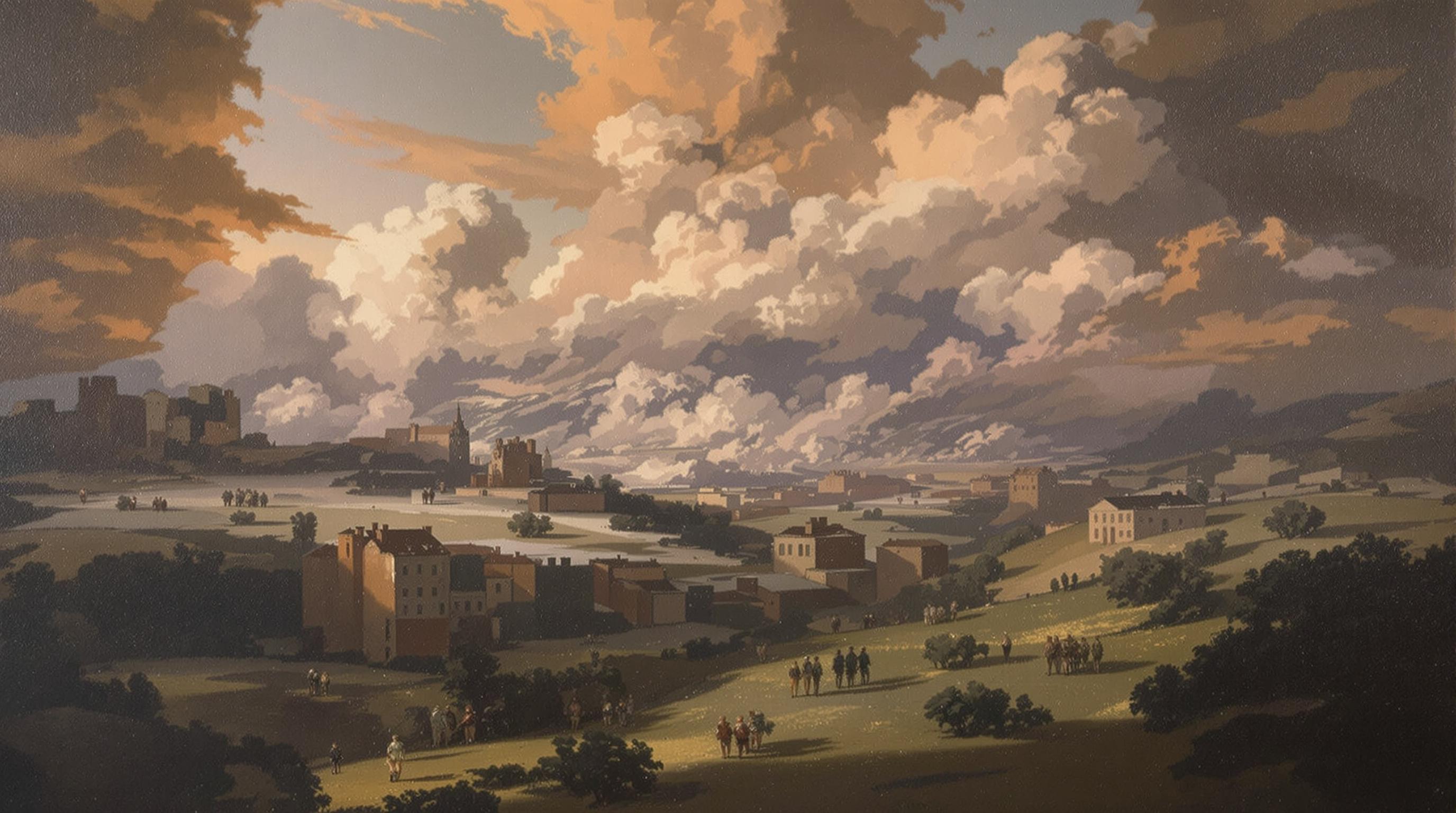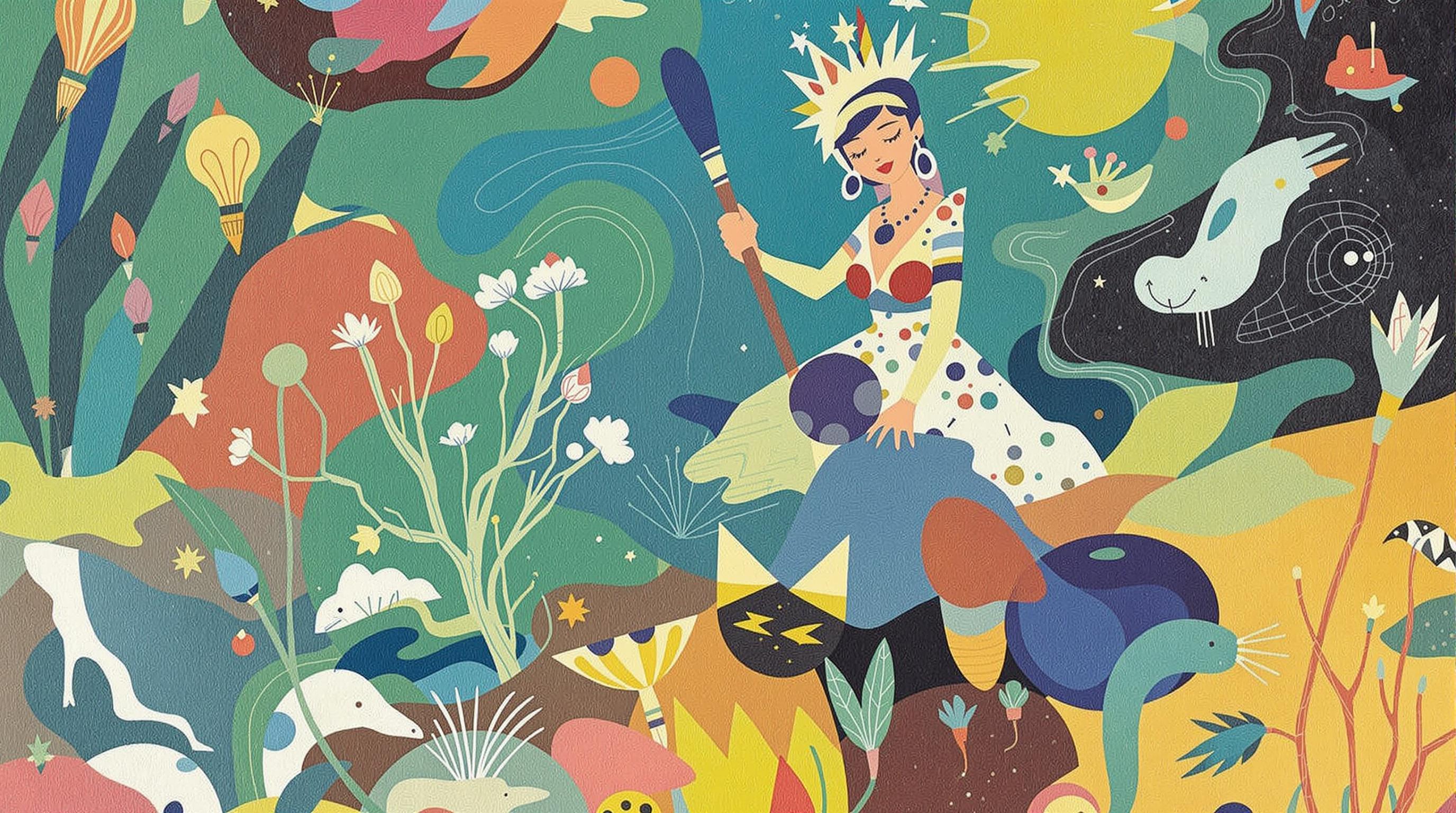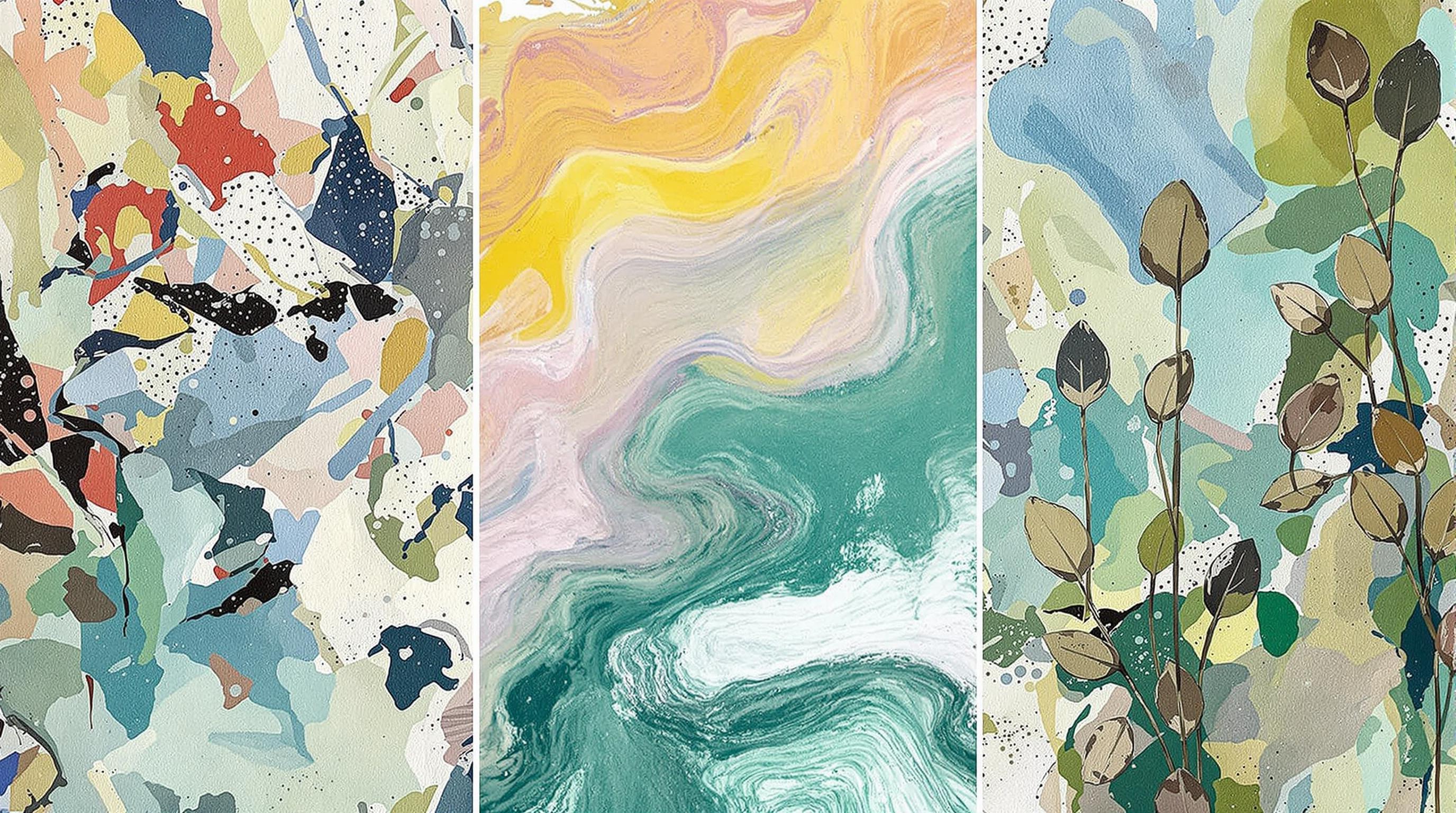Related Articles
- The Hidden Influence of Ergonomics: How Tool Design Shapes Our Physical Spaces and Daily Lives
- The Silent Influence: How Hidden Home Implements Shape Our Daily Routines and Spaces
- The Counterintuitive Role of Chaos: How Messy Tool Storage Can Lead to Unexpected Home Innovations
- Exploring the Unseen: How Audio Experiences Shape the Art of Domestic Spaces and Color Perception
- Rethinking the Mundane: How Everyday Objects are Becoming the Canvas for Modern Artistic Expression in Home Spaces
- Cultivating Chaos: The Surprising Benefits of Embracing Weeds in Your Garden Ecosystem
6 Overlooked Historical Artists Who Shaped Modern Painting Techniques and Unexpected Interior Design Trends
6 Overlooked Historical Artists Who Shaped Modern Painting Techniques and Unexpected Interior Design Trends
6 Overlooked Historical Artists Who Shaped Modern Painting Techniques and Unexpected Interior Design Trends
1. Artemisia Gentileschi
Artemisia Gentileschi, a 17th-century Baroque painter, is known for her powerful depictions of women from biblical and mythological narratives. Her unique ability to convey emotional depth and strength in her subjects paved the way for future generations of women artists. Gentileschi's dramatic use of light and shadow, often referred to as chiaroscuro, influenced not only her contemporaries but also the direction of modern painting techniques.
In contemporary interior design, Gentileschi's bold color palettes and strong narrative elements can be seen mirrored in various spaces. Interiors inspired by her work often feature deep jewel tones and dramatic lighting to create a sense of atmosphere that reflects her passionate storytelling. This stylistic shift exhibits a trend toward more personalized and emotionally resonant spaces.
Despite her contributions, Gentileschi remains eclipsed by many male artists of her time. Increasing recognition of her work is sparking interest in gender dynamics in art, pushing designers to explore themes of empowerment and identity in their designs, melding art history with modern interior aesthetics.
2. El Greco
El Greco, a 16th-century painter, is celebrated for his elongated figures and expressive use of color, which defied the norms of his time. His unique approach to composition and perspective has had a lasting impact on the development of abstraction in modern painting techniques. El Greco’s work challenges viewers' perceptions of reality and invites exploration beyond the surface.
In terms of interior design, El Greco's distinctive style can be found in the trend of using dramatic, sweeping forms and elongated spaces that draw inspiration from his artwork. Designers are adapting his color schemes, particularly his striking blues and golds, to create spaces that evoke emotion and curiosity. This trend emphasizes the importance of art in the curation of interior spaces.
While El Greco's artistic contributions may not be as widely recognized as those of his contemporaries, his influence on interior trends illustrates a revival of interest in expressive aesthetics that prioritize individuality and emotional resonance over traditional forms.
3. Odilon Redon
Odilon Redon, a French symbolist artist known for his dreamlike, ethereal works, utilized pastels and oils to evoke emotions that often depict the subconscious. His focus on dream imagery and color theories has made a considerable impact on modern painting techniques, particularly in abstract art and surrealism.
Redon's use of color and symbolism has inspired a shift towards more whimsical design elements in contemporary interiors. Venus of the Shadows, one of his notable works, has influenced how designers approach color combinations and artistic motifs, creating immersive environments that invite serenity and contemplation. Many modern spaces now incorporate his color theories to evoke certain moods and experiences.
Though he may not be as widely celebrated as other artists, Redon's innovative explorations of color and shape continue to resonate with both painters and interior designers, reflecting an artistic dialogue that bridges fine art and crafted spaces.
4. Gustav Klimt
Gustav Klimt is best known for his symbolist works adorned with gold leaf and intricate patterns. His unique merging of ornamentation with figurative painting redefined aesthetic principles in art and opened doors for modern decorative techniques. Klimt's artistic mastery in texture and embellishment has inspired a myriad of contemporary artists and designers alike.
In interior design, Klimt's signature gilding and elaborate motifs have revived interest in the Art Nouveau style, manifesting in the use of luxurious materials and ornate patterns in modern spaces. Decor inspired by Klimt often features layered textures, emphasizing the visual interplay between art and architecture, creating enchanting, intimate environments.
Despite being overshadowed during his lifetime, Klimt's influence is palpably felt in today's design aesthetics, where the integration of art elements into everyday spaces fosters an enchanting allure, allowing for personalized storytelling and artistic expression within homes.
5. Paul Gauguin
Paul Gauguin's bold use of color and innovative brushwork played a pivotal role in the Post-Impressionist movement. His approach to color theory and emotional expression laid the groundwork for modern art movements such as Fauvism, transforming artistic interpretations of reality.
Gauguin's vibrancy and use of primitive iconography have also made their way into contemporary interior design. Designers draw upon his tropical themes and vivid color palettes to create spaces that feel lively and inviting. Inspired by Gauguin’s adventurous spirit, many interiors embrace bold patterns and eclectic furnishings, culminating in visually stimulating environments.
While Gauguin’s legacy is contentious due to his personal life, his contributions to modern aesthetics allow interior designers to play with color and form, making their spaces reflect a more expressive and imaginative identity.
6. Henri Rousseau
Henri Rousseau, often called "Le Douanier" (the customs officer), was a self-taught painter whose naive style brought elements of fantasy into everyday life. His distinctive handling of color and dreamlike landscapes shaped many 20th-century movements, including Surrealism, by blurring lines between the real and the extraordinary.
Rousseau's compositions and imaginative themes are echoed in contemporary interior design, which often embraces a pervasive sense of whimsy and fantasy. Furniture and wall art inspired by his works create spaces that feel inviting and dreamlike, emphasizing vibrant colors and imaginative forms that instill a sense of childlike wonder.
While Rousseau may not be as mainstream as other artists, his influence on modern painting techniques and interior design trends emphasizes the importance of imagination and playfulness in crafting spaces that inspire creativity and personal expression.
